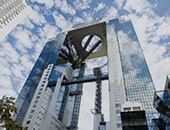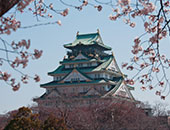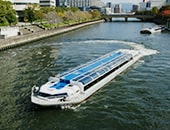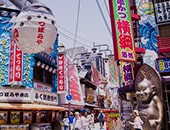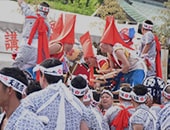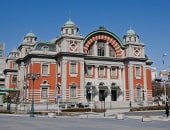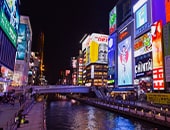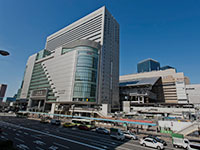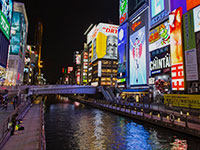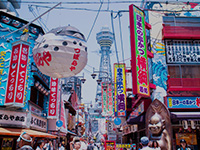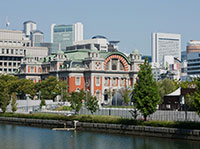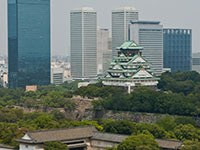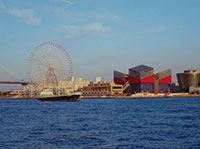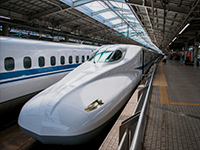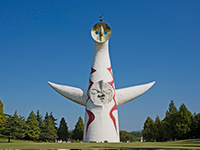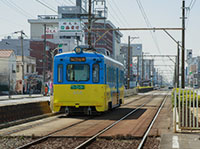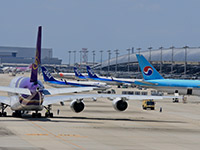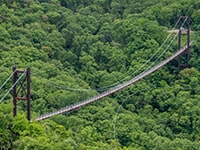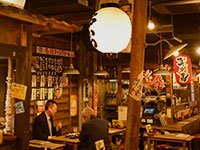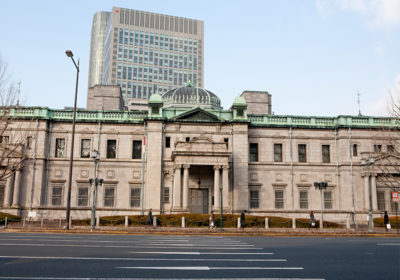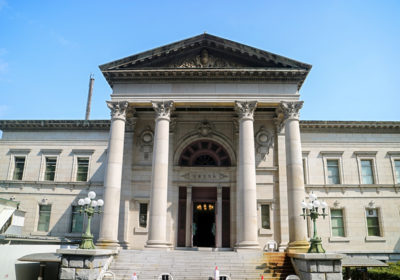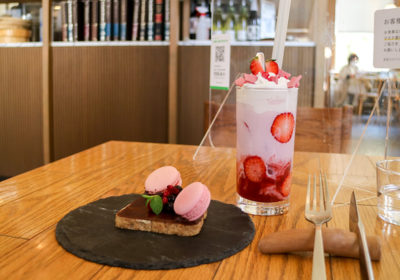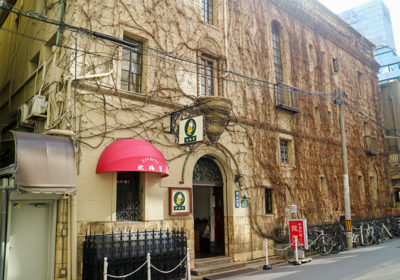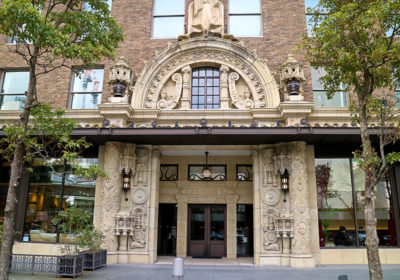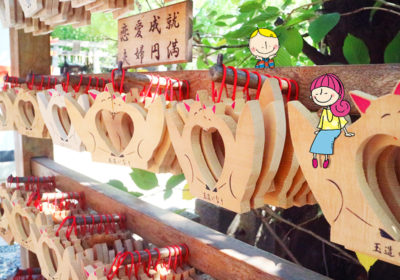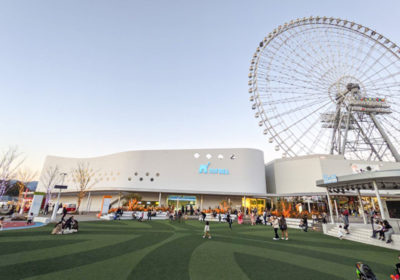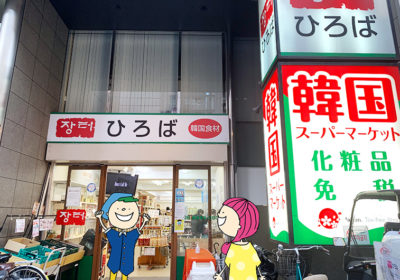

Supporter
Retro buildings on the central island of
Nakanoshima reveal Osaka’s history
Nakanoshima—known for its soaring skyscrapers and modern architecture—is a major business district in and of itself. And to understand how this beautiful city scenery came to be, we need to take a look back into Osaka’s history. You’ll get a fresh perspective on this shimmering metropolis! So without further ado, I give you, the story of Nakanoshima and some of its architecture.
■The History of Nakanoshima
This story starts in the Edo period (1603–1867), a time when daimyo (Japanese feudal lords) taxed their domains in rice. The centrally located Nakanoshima was surrounded by water and a prime location for transportation. Thus the daimyo set up warehouses to store and sell their rice and other goods along the banks of the island. This is how Osaka earned the nickname Tenka no Daidokoro (The Nation’s Kitchen), as foods from all throughout Japan were concentrated right here. This region became the site of the very first futures market in the world, when the Dojima Rice Exchange opened in 1703. The rice exchange established a base price for rice, which was then relayed to other regions the country. Currently, there is a stone sculpture of a single rice grain, designed by local architect Ando Tadao, to commemorate the site of this groundbreaking market.
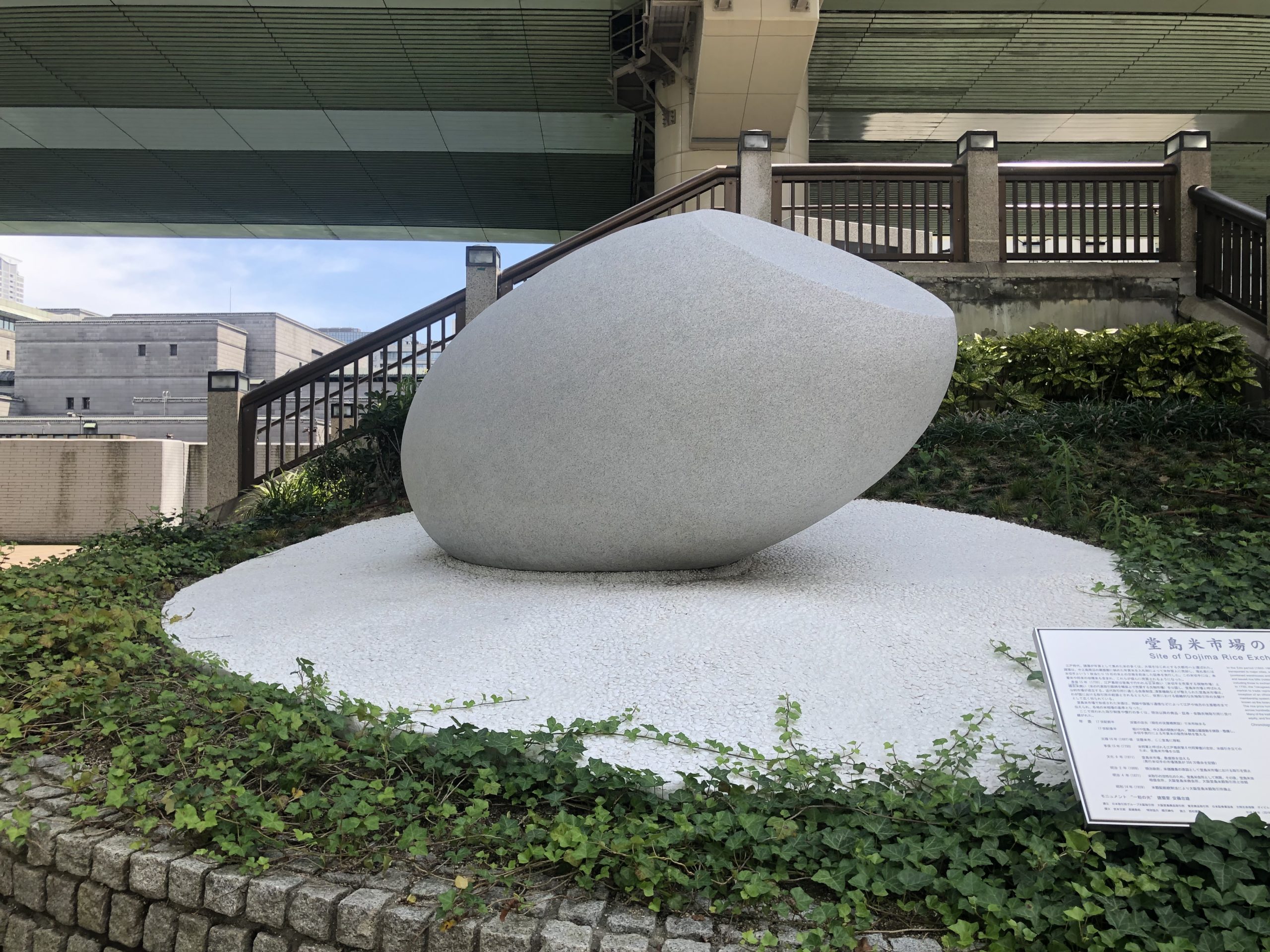
When Japan entered the Meiji era (1867–1912), the central government was moved to Tokyo. Afterwards, technological advancements in textile-production and ship-building inspired a new nickname for the city Dai Osaka (Great Osaka). This ushered in a new era of the city’s influence and central role in commerce. This period is when Osaka’s arts and culture really began to flourish. The city also became the site of important government offices and cultural facilities. The style of these new buildings was heavily influenced by showy Modernist architecture from the west. Many of the buildings are still standing to this day and they’re listed below in order of construction.
■The Bank of Japan, Osaka Branch (Old Building)
Completed in 1903, the bank building features a blue-green dome-shaped roof. The father of Japanese modernism, Kingo Tatsuno—known for his work on Tokyo Station and Osaka City Central Public Hall—contributed largely to the design. The structure faces Osaka’s main boulevard, Midо̄suji, and the stone building is decorated with Ionic columns in front. It was modeled after the National Bank of Belgium and has a distinct air of European Classicism.
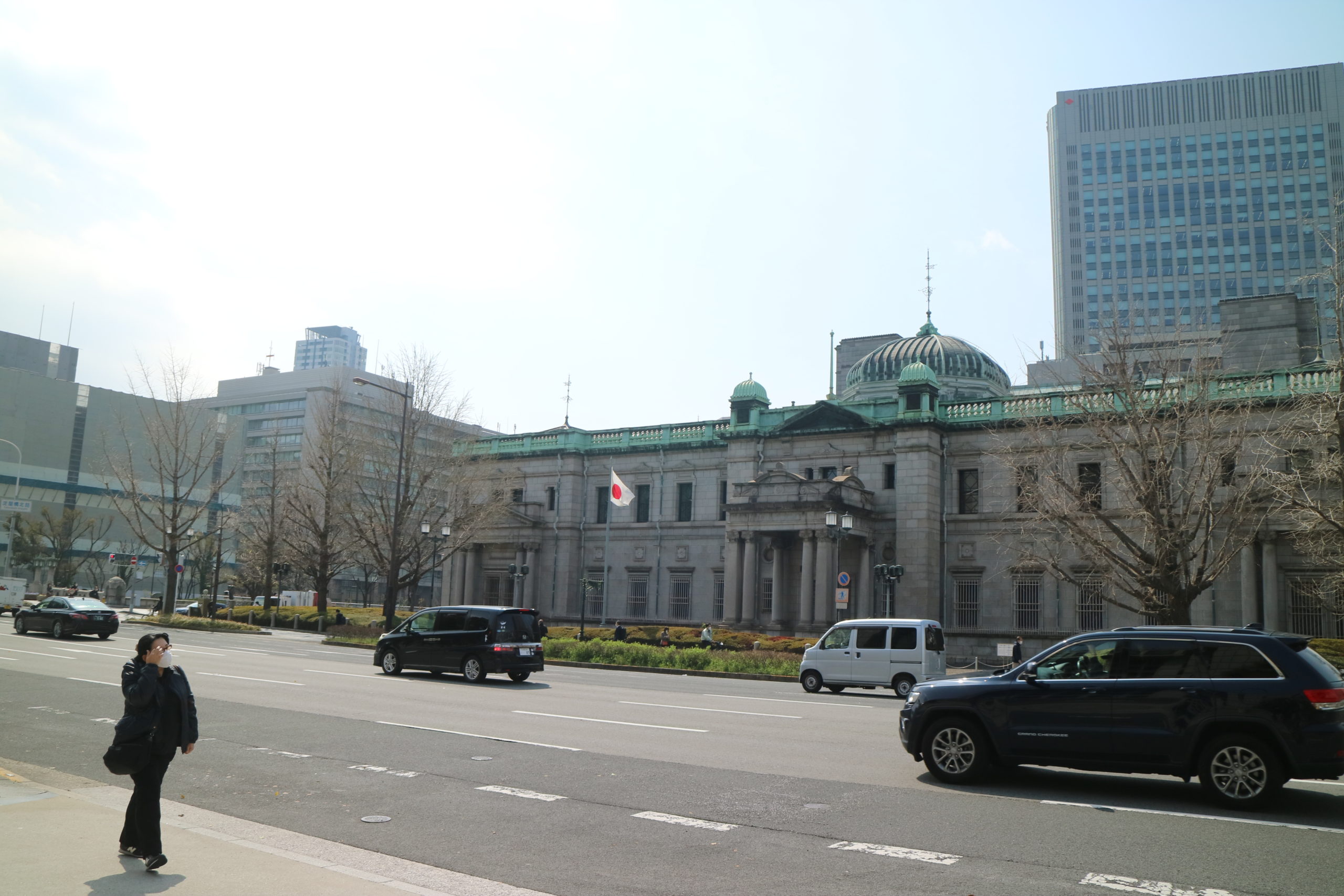
The original structure was set to be demolished as age and natural deterioration set in. However at the request of local residents, instead of demolition the building underwent major renovations between 1980–1982. Most of the original walls were retained and a larger more modern high-rise was constructed behind the original building. Prior reservations are required to view the interior.
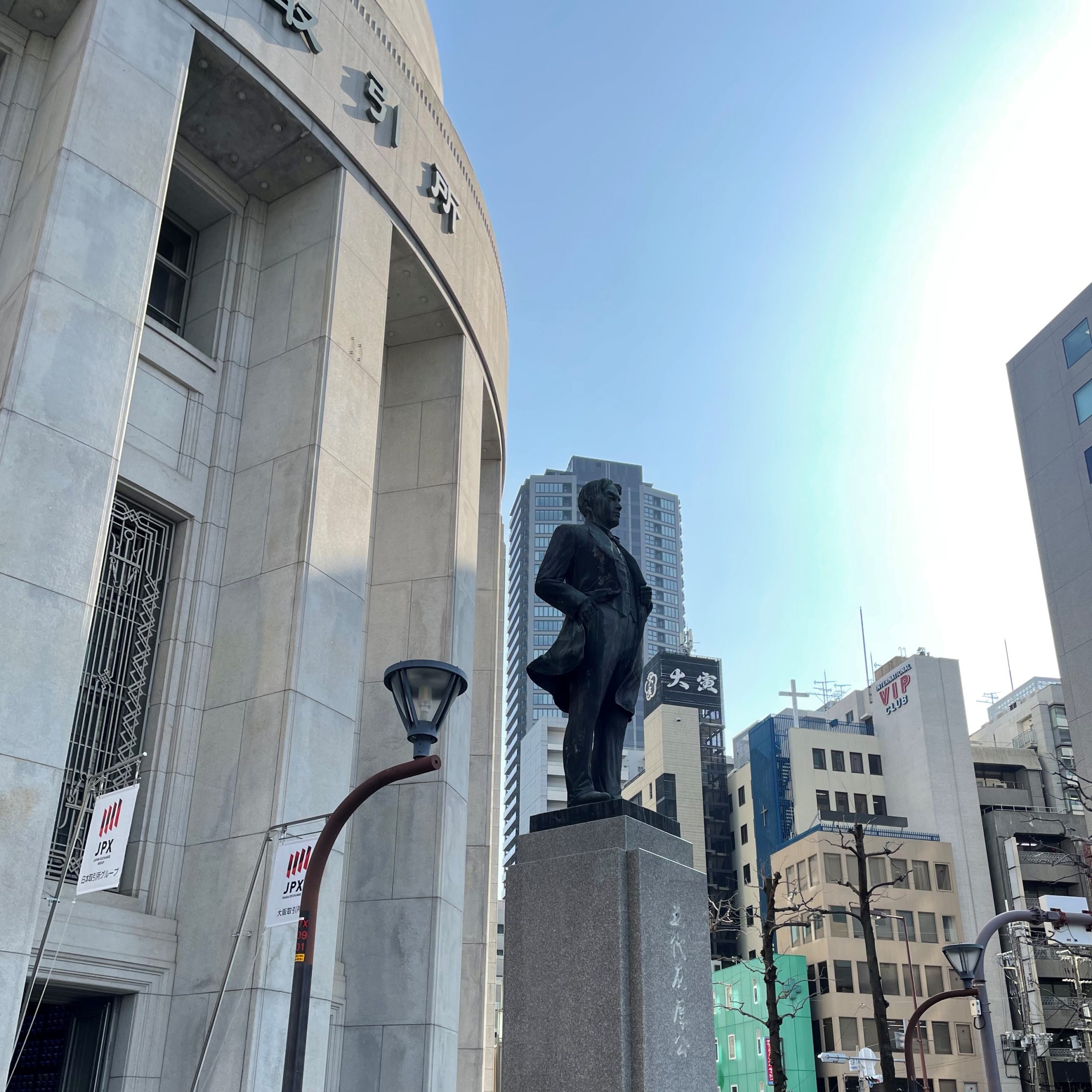
Incidentally, the Bank of Japan’s Osaka Branch moved twice and the current location was once the site of Godai Tomoatsu’s residence. An accomplished businessman and statesman, a statue of Godai Tomoatsu, stands proudly in front of the Osaka Stock Exchange, which he founded.
■Osaka Prefectural Nakanoshima Library
The main building was completed in 1904 and designed by architect Magoichi Noguchi (who trained under the aforementioned Kingo Tatsuno). The facade is a realistic recreation of Neoclassic style and the dramatic use of columns around the entrance will remind you of a Greek temple.

Beneath the dome-shaped roof, a huge staircase wraps around the circular room leading to upstairs hallways. Elegantly designed and illuminated with light filtered through stained glass windows in the ceiling, this room is uniquely beautiful. The use of wooden furnishings in the staircase add an element of Japanese-ness to the hall.
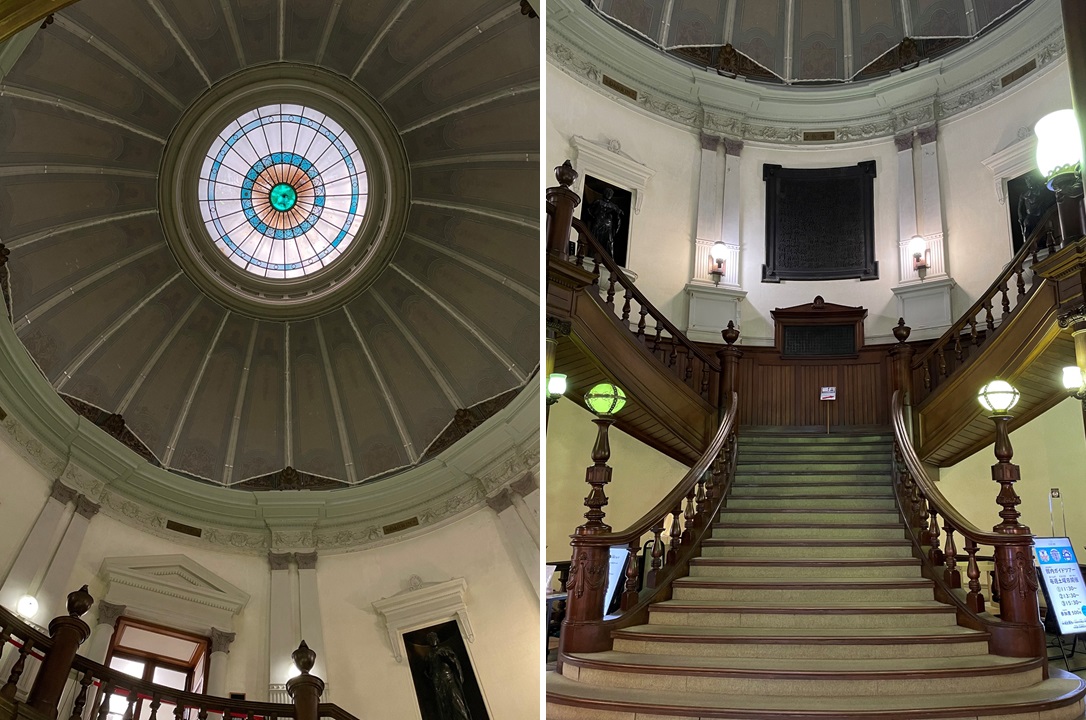
On the second floor of the library, Smørrebrød Kitchen Nakanoshima serves traditional Danish open-sandwiches in a stylish cafe setting.
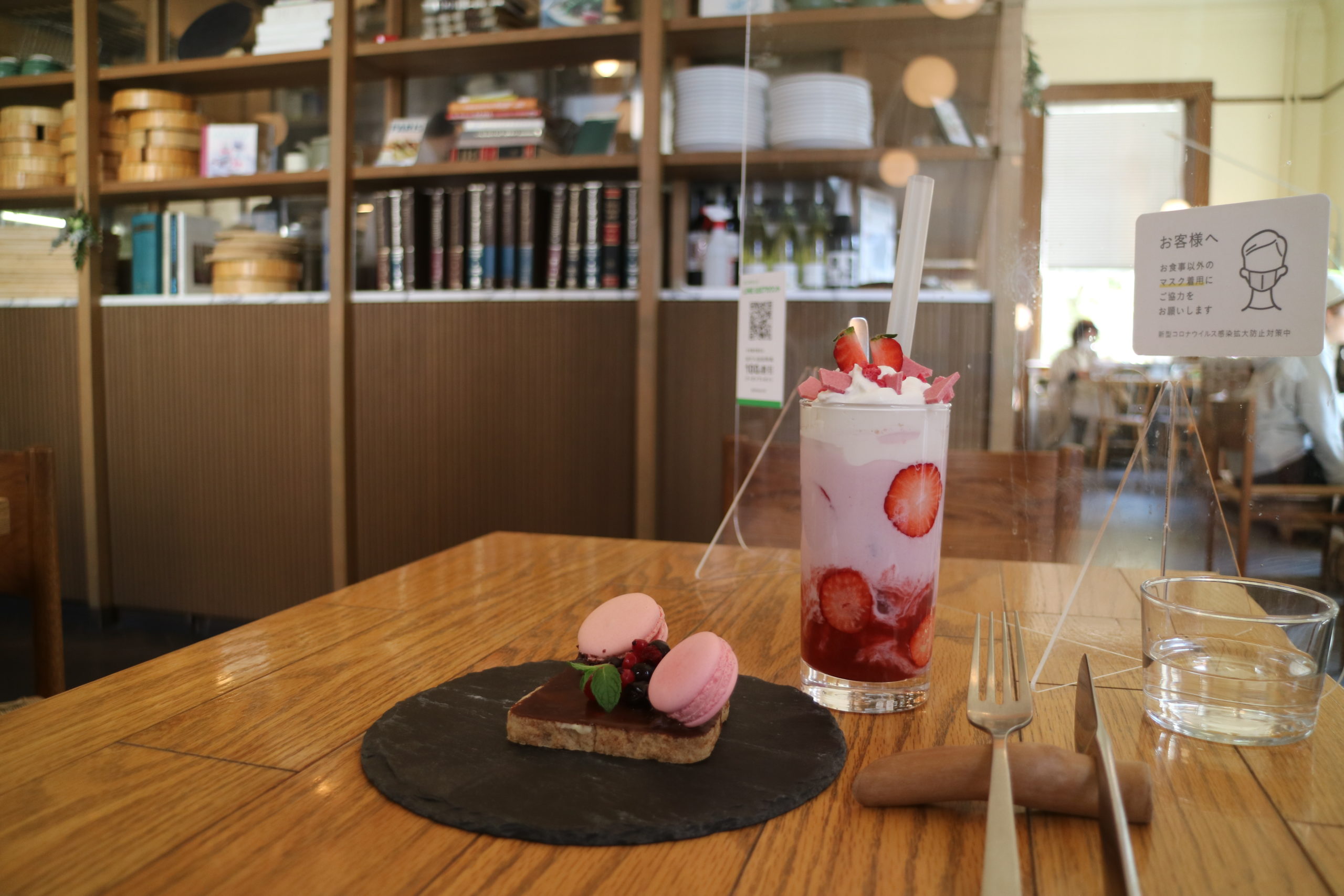
■Aoyama Building
Built in 1921, this Spanish style edifice is located near Kitahama Station. It was built as a residence for the successful entrepreneur Genjiro Noda, but is now a commercial building. In addition to a gallery and a restaurant, there are offices located on the upper floors.
In summer, the walls are covered in ivy, which was propagated from a cutting of the vine at Koshien Stadium. The building itself is a National Tangible Cultural Property.
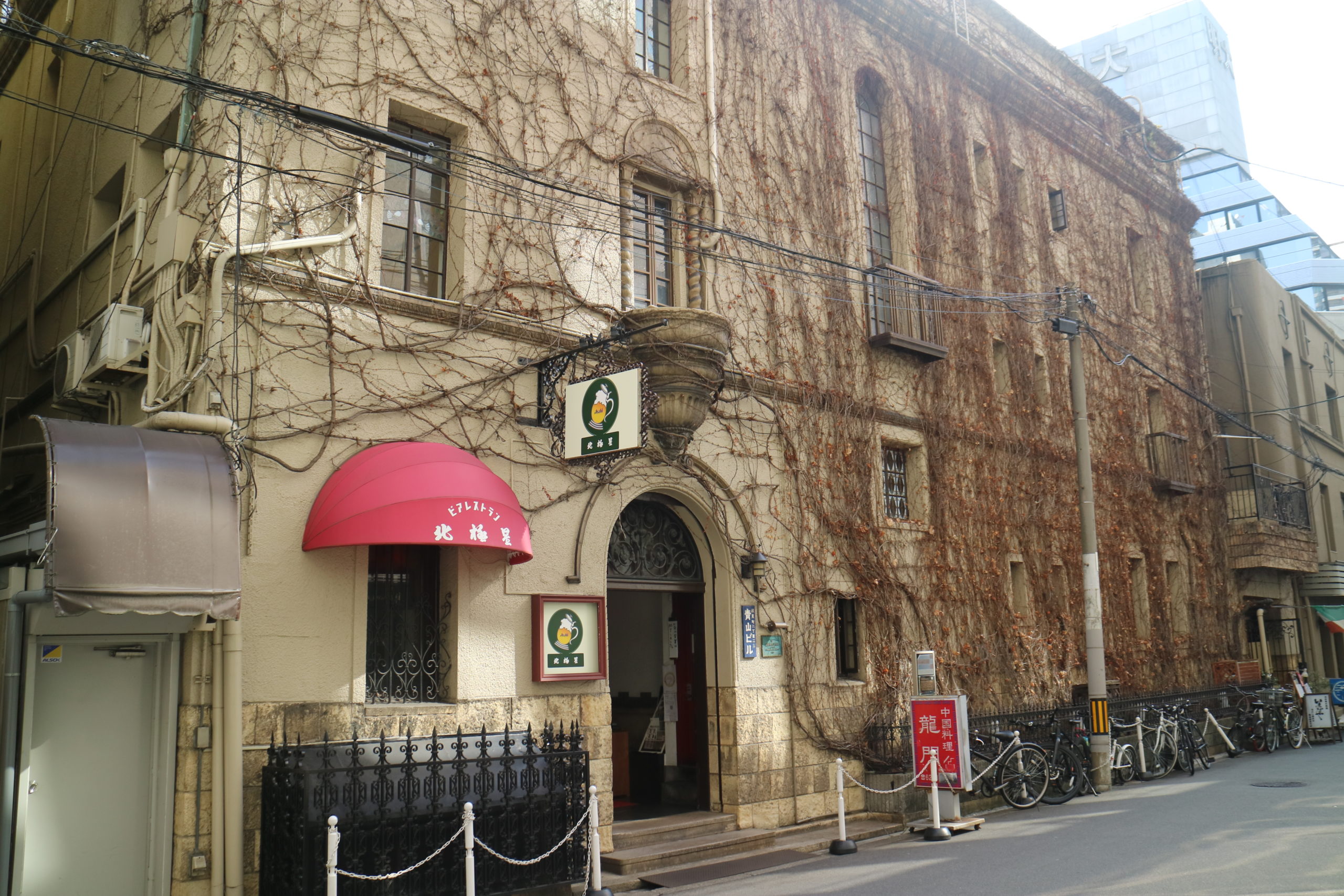
■Daibiru Honkan
Construction on the original Neo-Romanesque building set here was completed in 1925. In 2013 the building was reconstructed with a large modern office complex towering above the retro brick portion of the building. Elements of the original structure are visible in the lower floors, like the original post box and tiles in the entrance hall.


Elegant decorative stonework on the facade is utterly impressive and the stone relief “Eagles and Girl” by sculptor Teizо̄ О̄kuni is one of Osaka City’s Tangible Cultural Properties. The scratched brick tiles on the outer walls are all originals, each removed by hand and reapplied to the current building. In total, there are approximately 150,000 individual pieces. The long history of the building is unmistakable and magnificent.
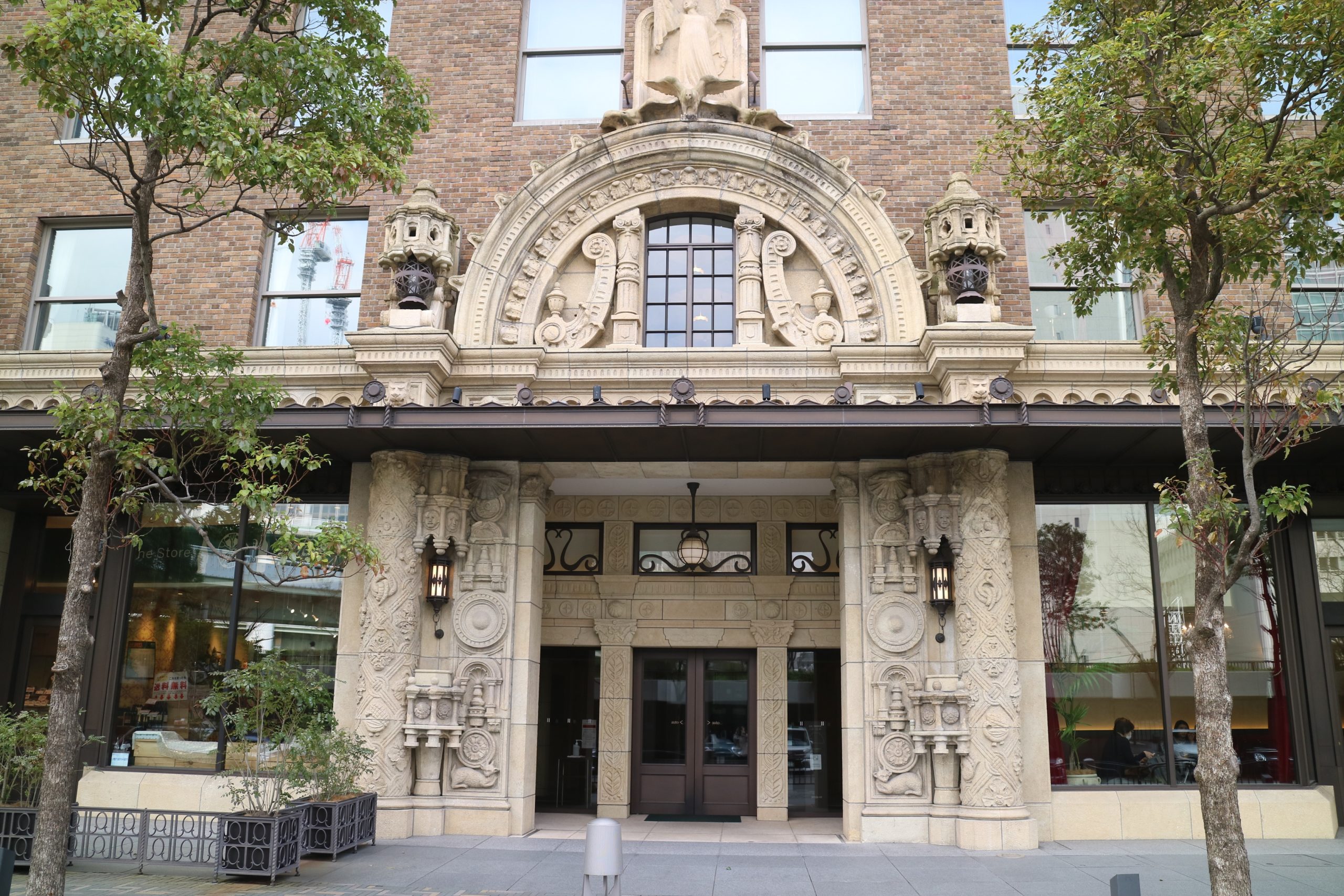
So what did you think? That was a short introduction to some of Osaka’s unique architecture in the Nakanoshima area, but there is plenty more to see. I hope you have a chance to explore different neighborhoods in Osaka, its architecture and history.
▼Enjoyed this article? Read more!
 Aquametropolis Osaka’s new art museum! Nakanoshima Museum of Art and its bold architecture
Aquametropolis Osaka’s new art museum! Nakanoshima Museum of Art and its bold architecture

Supporter
The contents of this page were current at the time it was posted, but may differ from the present.
Text visible in this map is based on information from Map Tiler and may differ from actual geographical names.


